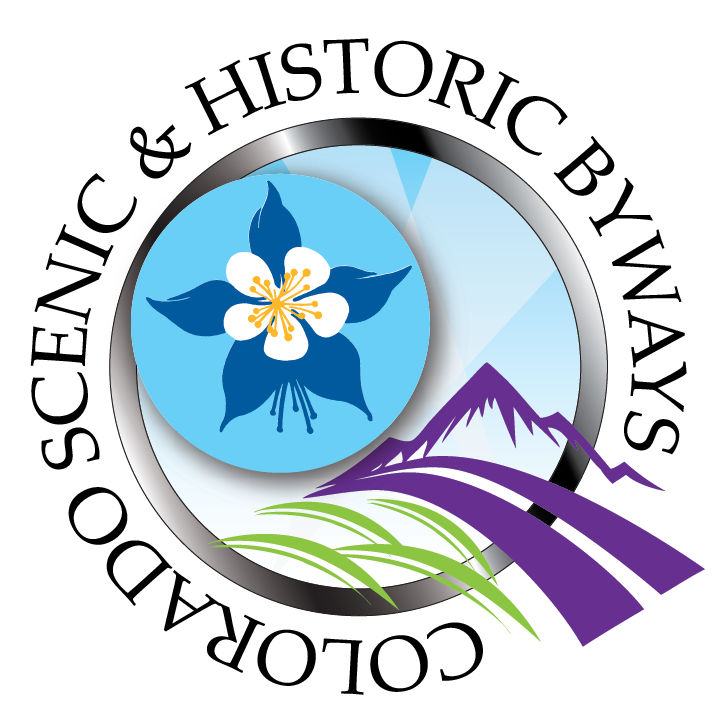Q&A with Marcie Demmy Bidwell, Southwest Program Manager, Land Trust Alliance
K: Tell us a bit about your organization and how it’s working for Colorado’s future.
M: The Land Trust Alliance is a national conservation organization that works with land trusts in Colorado and across the country to save places that people love. The Alliance helps support land trusts through offering education and training, investing in capacity development and local leaders, innovating new approaches to conservation, and leading national policy and standards. The Land Trust Alliance supports the work of land trusts and conservation organizations across the country through targeted investments that address our shared conservation priorities. We work to accelerate conservation, implement climate solutions, expand community-centered conservation, and protect land and water resources.
K: What is one thing you wish every Coloradan understood about the work of land trusts?
M: When land trusts conserve land, they help address many of the most daunting challenges that our society faces. Together, we can save the land we love, strengthen our communities and create a healthier planet. Addressing our nation’s land and water challenges might seem out of reach for one person, but supporting your local land trust is an easy and tangible way to have a positive impact as part of a larger movement. Private landowners have protected 4x the land preserved in national parks in Colorado (676,414 acres protected through state and national parks versus 2,503,665 under easement in CO). This is a point of pride- and, it is a call to action to do more to ensure the future of Colorado looks like Colorado. My invitation is this: join us in ensuring that all people have access to Colorado and places that improve our health and quality of life while also adding up to benefit the planet we all share.
K: What inspired you to join the board of Keep It Colorado?
M: I believe that through collective action that we as individuals are able to achieve change that would not otherwise be possible working in isolation. Keep it Colorado is a thriving example of how when a group acts together, we can work across scale, unique geography, and systems to protect the future of Colorado to be a place where people, lands, waters, and wildlife thrive.
K: What does conservation mean to you?
M: Conservation is part of the puzzle. John J. Audubon once said a true conservationist is someone “who knows that the world is not given by his fathers, but borrowed from his children." I can see my own footprint and consumption, and recognize that—as we are adding to the population of Colorado and the planet—it is not enough to just conserve. I believe that in addition to conserving, we also need to move towards regeneration and restoration. Modern society has a big footprint, and it is not enough to conserve the resources that we have left. We need to embrace a holistic approach to conservation, natural resources, and working lands that focuses on the interconnection of community, systems and the ecological system as a whole.
K: What is your favorite thing to do outdoors in Colorado?
M: I love how in one day, I can ski in the mountains, take a walk in the ponderosa pines, and jump in the river with my paddle board—all within 35 miles of my home! I love the ability to get lost in the beauty and diversity of landscape from the high peaks, to sandstone canyons, to the red rock desert that makes Colorado so unique.
K: What is your favorite…
River, lake or stream in Colorado? Animas River as a free-flowing river in the San Juan Mountain range.
Mountain peak? Red Mountain #3, in San Juan Mountains—and if that is not enough for you, check out Red Mountain #1 and #2!
Prairie or grassland? While I truly value the open space of Colorado prairies, I learned their value in my childhood, growing up within a mile of the Orville and Wilbur Wright Huffman flying field and natural prairie near Dayton, Ohio, where the Wright brothers truly perfected the ability to fly, and where I, almost a century later, learned the value and true beauty of native prairie ecosystems.
Ranch or farmland? Telluride Valley Floor, a glacially carved three-mile expanse of river valley in San Miguel County, has historically been ancestral lands of the Ute Tribes, pasture for grazing cattle, and settlement of placer miners. It is now preserved in perpetuity through a conservation easement.
Colorado-grown food? Palisade peaches, hands down.
Form of wildlife? Canyon wren - a tiny bird with a big voice who’s sweet song of cascading whistles echoes off the rocky walls of desert canyons.
Thank you for your service to Colorado and your leadership on our board, Marcie!












